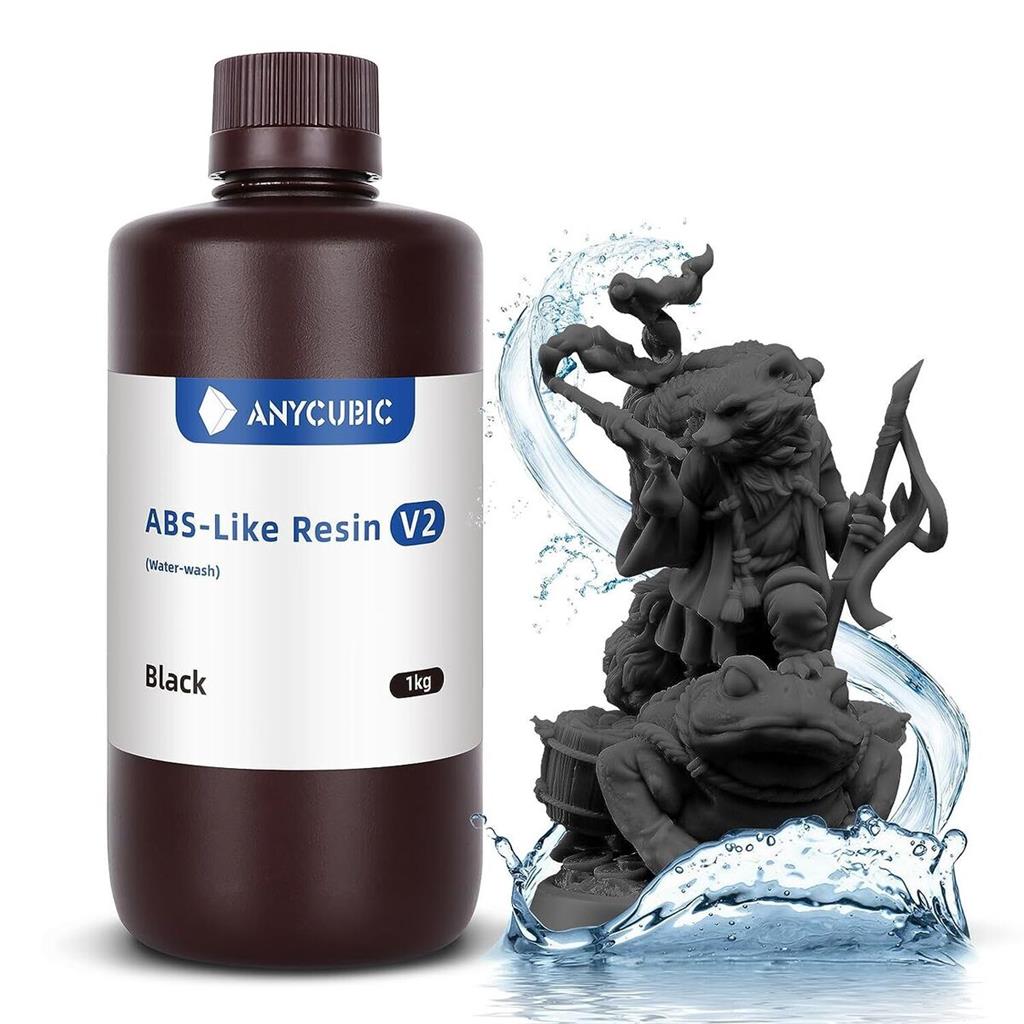1
For burgeoning 3D printing enthusiasts delving into resin printing or seasoned hobbyists fine-tuning their craft, the Anycubic Photon is a gateway to intricate and precise creations. However, the key to fantastically detailed pieces lies not only in the printer itself but also in the resin used. In this comprehensive guide, we dive into the nuances of resin selection to enhance your Anycubic Photon experience.
Before you uncork any resin, it’s vital to understand the role it plays in your 3D printing journey. Resin serves as the ‘ink’ of your printer, solidifying layer by layer to yield tangible, high-resolution prints. Anycubic Photon, renowned for its speed and detail, requires a discerning approach to resin choice that can significantly impact project outcomes.
Types of Resins Compatible with Anycubic Photon
Standard Resins
Standard resins are your go-to for average projects, offering a balanced mix of strength and rigidity. They are often ideal for figurines, miniatures, and other common designs, striking a harmony between detail preservation and ease of printing.
Flexible Resins
The name says it all—flexible resins lend elasticity to prints, making them perfect for objects requiring a degree of bending and movement. Think about items like phone cases or shock-absorbent components.
High-Temperature Resins
When your prints may face heat or need to withstand a hot environment, high-temperature resins are the way to go. They resist deformation better than standard resins, making them suitable for functional prototypes and parts around machinery.
Castable Resins
Designed to burn off cleanly during casting, these resins are a must-have for jewelry-making and lost-wax casting. They ensure that your Anycubic Photon can be a direct avenue to creating intricate metal objects.

Tips for Success with Anycubic Photon Resins
With the right resin in hand, you’re halfway to a successful print. Here are some vital tips to ensure your Anycubic Photon projects reach their full potential:
Resin Handling and Storage
Proper storage of resin, including away from UV light and in a cool environment, preserves its properties. When handling, use a non-porous gloved hand to avoid contamination.
Post-Processing Techniques
De-flasking, washing, and curing are just some of the post-processing steps your prints will need. Each one should be meticulously done for the best results.
Troubleshooting Common Issues
From stuck prints to layer adhesion problems, Anycubic Photon users can encounter several hurdles. Become familiar with these issues and their solutions to prevent unnecessary prints and material waste.
Resin selection is often the unsung hero of the 3D printing process. It can elevate or limit your Anycubic Photon’s capabilities, depending on the choices you make. Delve into the specifics, experiment wisely, and remember that with the right resin, your imagination is the only limit to what you can create. Happy printing!

